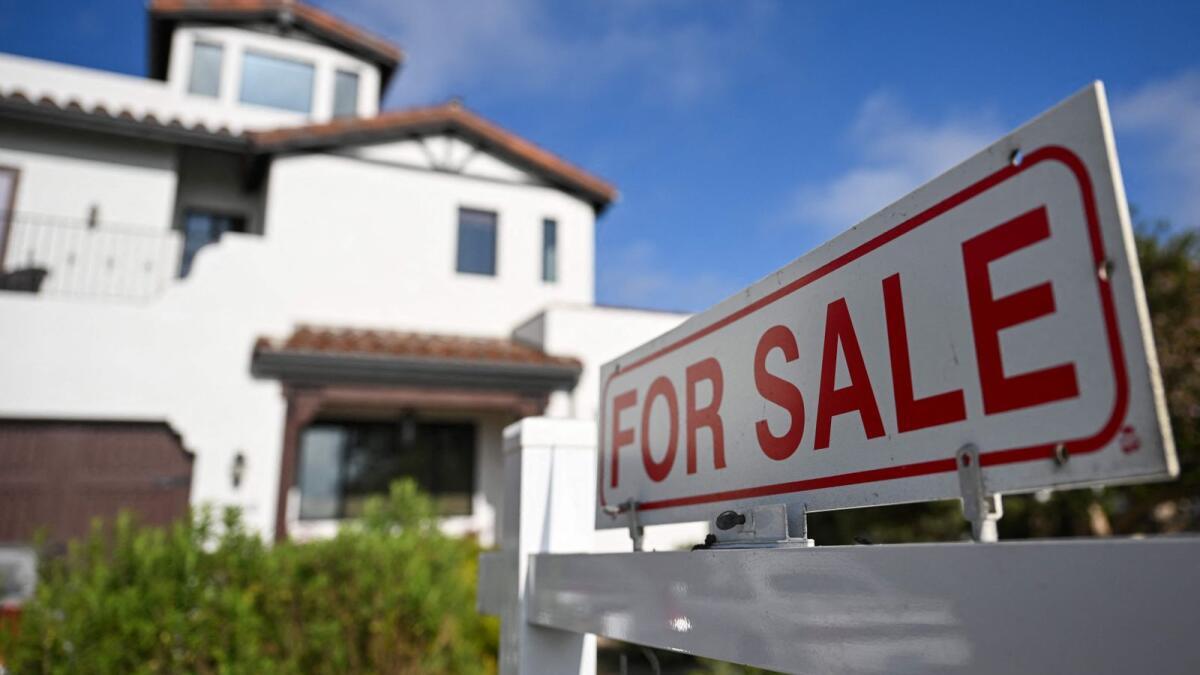Sales of existing homes in the United States experienced a slight dip in the month of August, as reported by the National Association of Realtors. The housing market, which has been on a hot streak in recent months, saw a 2% decrease in sales compared to July. Despite this slight decline, August still boasted a 1.5% increase in sales compared to the same time last year. Lawrence Yun, chief economist for the National Association of Realtors, pointed out that the inventory of homes for sale remains low, contributing to the competitive nature of the market. The lack of available homes is driving up prices and putting pressure on potential buyers.
The median existing home price in August reached $356,700, representing a 14.9% increase from the previous year. This rise in prices has made it challenging for first-time buyers to enter the market, as they are often priced out of desirable locations. However, Yun noted that there has been a slight increase in sales of homes priced below $250,000, indicating that there are still options for buyers looking for more affordable properties. Despite the competitive market conditions, Yun remains optimistic about the future of the housing market, citing strong demand from buyers and historically low mortgage rates as driving forces for continued growth.
One factor that may impact the housing market in the coming months is the looming expiration of the federal eviction moratorium. As the moratorium comes to an end, there may be an influx of homes hitting the market as landlords look to sell properties that were previously rented out. This influx could help alleviate some of the pressure on the market by increasing inventory and providing buyers with more options. However, it remains to be seen how this potential increase in supply will affect prices and overall market dynamics.
The housing market has been a bright spot in the US economy during the Covid-19 pandemic, with low interest rates and changing housing needs driving demand for homes. Many Americans have re-evaluated their housing priorities in the wake of the pandemic, leading to increased interest in suburban and rural properties as people seek more space and flexibility in their living arrangements. This shift in preferences has contributed to the competitive nature of the housing market, as buyers vie for limited supply in desirable areas.
Looking ahead, Yun anticipates that the housing market will remain strong in the coming months, driven by high demand and low interest rates. However, he also emphasized the need for policymakers to address the affordability challenges facing many buyers, particularly first-time buyers. The lack of affordable housing options is a barrier for many potential buyers, and addressing this issue will be crucial for ensuring the long-term health and stability of the housing market.
Overall, while the housing market experienced a slight dip in August, the underlying fundamentals remain strong. Low inventory and high demand continue to put pressure on prices, making it challenging for some buyers to enter the market. However, with historically low mortgage rates and strong demand from buyers, the housing market is poised for continued growth in the months ahead. As the market navigates the potential challenges posed by the expiration of the federal eviction moratorium, policymakers and industry stakeholders will play a key role in shaping the future of the housing market and ensuring that it remains a driving force in the broader economy.






